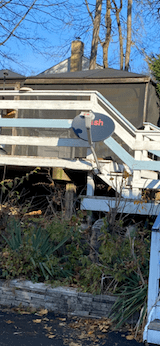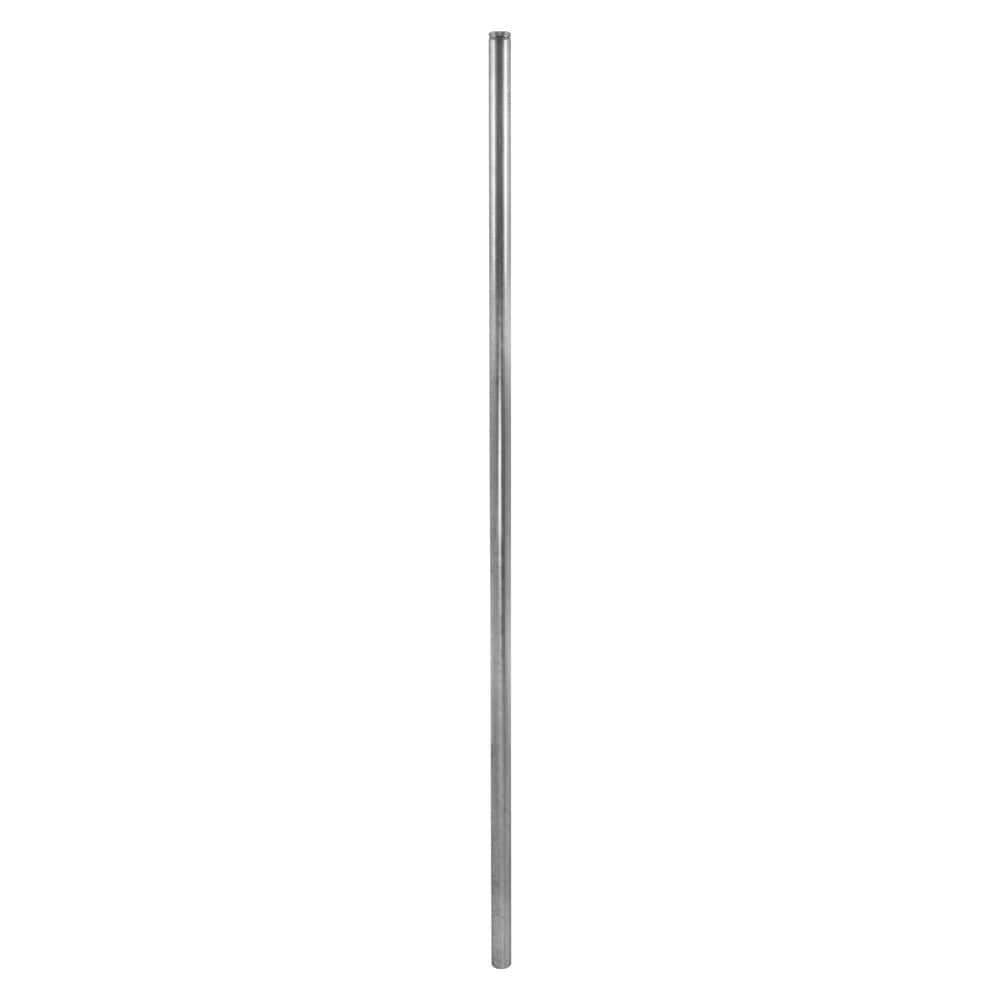Generally I'm a pretty nice, easy going guy but I get really aggravated when somebody acts like they know my job better than I do. First of all nobody put caps on poles. Maybe some customers do but technicians do not do that because we don't have caps to put on the poles.
Secondly the only way to mount a dish to an old C-band pole is with a Dish adapter and nobody has the cap type that go over the pole. Maybe some retailers but not dish techs and not people who get their equipment from Dish Network, specifically subcontractors and rsps. And those adapters are not authorized. The protocol is to put in a new Pole.
But of course I've seen bad work by other technicians. I've been doing this for 8 years, have worked in multiple markets and the company I work for now has about 200 technicians currently working. We absolutely have some monkeys working here that do garbage work. But you're a unicorn because you are not the typical customer. Typical customers don't do their own installs, they don't dig their own trenches, and to be honest with you I would say 85% of my customers these days are older than I am and I'm going to be 57 this year. They are not doing the things that you are talking about. It just doesn't happen. Most of the insinuations that you have made, referred to retailers or subcontractors in other industries.
For subcontractors and regional service providers, or rsp's, dish holds those companies to close to a dozen different metrics. One of them is a 60-day return to a job for any type of repair. That company gets back charged for the entire job so it's in the company's best interest to make sure that those jobs are not only done correctly what are held to a higher standard and any company worth it salt has managers that go out and do quality control inspections on random jobs, specifically targeting technicians who historically do bad work.
Another one is a threshold for pole mounts and when a company crosses that threshold they get fined by Dish Network so technicians are taught to use pole mounts as an absolute last resort.
I was not suggesting trying to mount a DN dish on a C-band pole, just saying that I have both C-band and ku-band dishes on metal poles on my property today and was trying to share my experience with those. You've been defending roof mounts and trying to use any reasoning you can to make pole mounts sound bad, but in my experience that's not the case, and from the way you talk about them snapping off I suspect that you are located somewhere where there is a lot of salt water or other corrosive particulates in the air. Or that people are embedding those poles in concrete without leaving the bottom in dirt or sand or gravel so the water has a way to drain out. You may get really aggravated when somebody acts like they know your job better than you do, but as a homeowner I get really aggravated when someone wants to drill holes into my home that I know don't need to be there.
I do realize that with some kinds of DN dishes it would be impossible to cap the pole, but then again that really shouldn't be a problem if the water can drain out of the bottom of the pole. Galvanized poles are galvanized inside and out, so if they aren't rusting away on the outside they shouldn't be on the inside either, and so far none of my galvanized poles have rust on them. But then again I'm probably a good thousand miles (at least) from the nearest salt water.
I am sorry that Dish Network fines you for doing the best type of mount, which is the one that has zero potential for damaging the customer's roof, but as a customer that would not be my problem. I am sorry but I honestly don't believe you can make a truly watertight roof mount when you are attaching something that offers as much wind resistance as a dish does. Sure, you won't get that 60-day callback because it will probably allow little or no water to seep in for the first 60 days, but that's my point - by the time the damage is evident the installer that did the installation is long gone,and Dish certainly isn't going to send anyone else out to fix the roof after that period of time. And as I said, YOU may be an excellent installer, but as a customer how do I know I'm not getting one of those monkeys that does garbage work? That is the issue the customer has, they have no idea if they are getting a true professional or someone who figures that it's not their house and they won't have to deal with any damage months or years down the road, so why care?
Perhaps the reason I do so much of that kind of work myself is that I just don't trust contractors - maybe it is the area I live in but it seems that for every one that does great work, there are about a half dozen that do crap work and about half of them will charge much more than the guy that does good work. The problem is finding the guy that does the good work! And for most of my life I have been somewhat of a perfectionist, so I get REALLY annoyed by even minor flaws in the work. You'd probably hate doing an install for me, but then I wouldn't ask you to. I have to admit that I kind of stumbled into this thread by accident and didn't realize at first that we were talking about Dish Network dishes, but I have installed a few of those in the past on metal poles for different family members, using the same methods I have used when installing Ku dishes in my yard, and they all worked fine for as long as the person in question kept their Dish service. But none of them have Dish anymore, they are all using Rokus and streaming services now. Meanwhile I am still using my C-band and ku-band dishes and although I think some of the RG-6 cables are wearing out, none of the poles have so far.
Anyway I don't want to argue with you, and I do understand that because Dish dings you for pole mounts you don't want to do them because it can impact your bottom line. So I will just leave it at that. People are free to decide what kind of installation they want, but to me anyone who lives in a place where you get significant amounts of snow really should demand a pole mount because it is a whole lot easier to sweep the snow off a dish that's maybe 6 feet off the ground as opposed to one that's up on a roof.
EDIT: Just read
newbie2021's post, which really kind of makes my point for me. I think he was very lucky to get Dish to fix the problem, and that probably only happened because they wanted to retain him as a customer!



